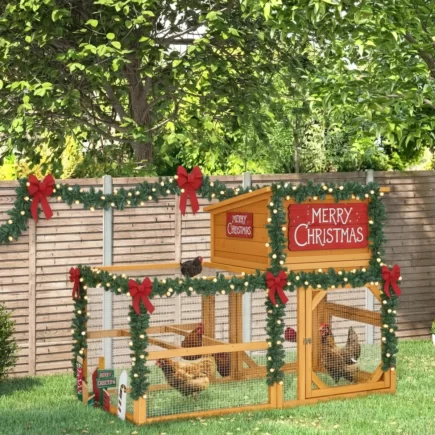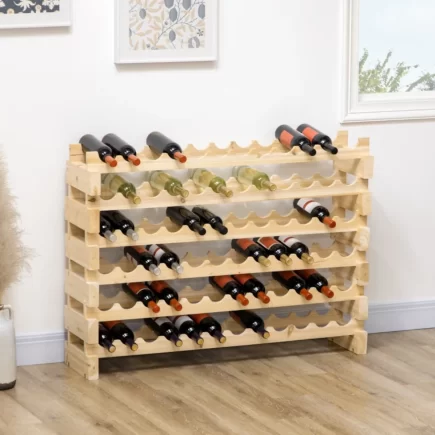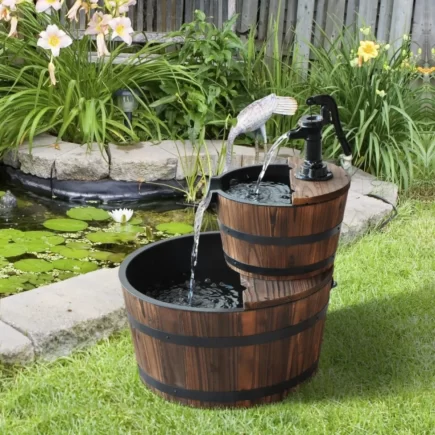Air fryers have taken the cooking world by storm. They’re promoted as the tool that lets you enjoy fried favorites, like French fries, chicken wings, and onion rings, without all the oil and mess of traditional deep frying. For busy families, singles who want fast meals, or health-conscious eaters, the air fryer promises convenience and flavor with less guilt.

But beyond the hype lies the big question: how do air fryers actually work? The answer combines smart design, rapid air technology, and a little food science. When you know how air fryers operate, you’ll not only get better results but also avoid common mistakes and appreciate their limits.
Core Technology Behind Air Frying
Heating Element
At the top of most units sits an electric coil. This coil rapidly produces heat and can reach temperatures from about 180°F to 450°F, depending on the model and settings. Because the chamber is compact, the element heats up quickly, much faster than a conventional oven.
High-Powered Fan
Directly behind or above the heating element is a strong fan. This fan pushes hot air around the chamber in rapid, swirling patterns. It’s this convection current that surrounds the food on all sides, crisping it evenly. Without this fan, the appliance would simply be a small oven.
Perforated Basket or Tray
The food sits in a basket or tray with holes or mesh openings. This design ensures that air doesn’t just blow across the top but also circulates beneath and around the food. It’s similar to the way oil in deep frying fully submerges food for even contact.
Smaller Chambers Make a Big Difference
Unlike convection ovens, air fryers are small and concentrated. This compact design means food gets blasted with hot air from all angles, cooking faster and crispier than most ovens can manage.
Step-by-Step: What Happens When You Cook in an Air Fryer
Understanding the sequence inside the chamber helps explain why air fryers are efficient.
- Preheating (optional): Some models heat for a few minutes before cooking, though many skip this step because of their compact size.
- Food placement: Food goes into the basket, where airflow can reach all sides.
- Heat circulation: The fan pushes heated air to every exposed surface, much faster than an oven can.
- Moisture evaporation: Steam escapes from the food’s surface, leaving it dry and ready to crisp.
- Maillard reaction (browning): Heat triggers a chemical reaction between amino acids and sugars in the food, producing golden-brown color and complex flavors.
- Completion: The food comes out hot, crisp on the outside, and tender inside without needing constant flipping.
How Accessories Change the Cooking Process
Racks and Dividers
Racks and dividers let you cook multiple foods at once without blocking airflow. By stacking or separating items, they maximize space while still allowing hot air to circulate. This means you can roast vegetables and crisp chicken wings in the same cycle without mixing flavors.

Rotating Baskets
Rotating baskets automatically turn food while it cooks, keeping every side exposed to hot air. This removes the need to pause and shake the basket, and ensures evenly crisped results. They work especially well for foods like French fries, tater tots, or diced vegetables that benefit from constant movement.

Silicone Mats or Liners
Silicone mats or parchment liners make cleanup much easier by catching grease and crumbs. They protect the basket’s surface from wear, but if they cover too many holes, they can reduce airflow and limit crispiness. Perforated liners are the best choice, since they balance easy cleanup with proper air circulation.

Advanced Tips: Maximizing the Working Process
Layering for Air Flow
In oven-style air fryers, stacking racks allows you to cook more food at once while still taking advantage of hot air circulation. Proper layering ensures that air can flow around each level instead of being trapped. The key is spacing: don’t let food on the top rack block airflow to the bottom. Rotating racks halfway through the cook also helps balance crispness.
Shaking vs. Stirring
Most basket-style fryers need food to be shaken at least once during cooking. This redistributes items so no side is stuck against the basket, preventing soggy spots. Stirring works better for larger items like roasted vegetables, while shaking is perfect for fries or nuggets. Either way, moving food mid-cycle is one of the simplest tricks for achieving even browning.
Choosing Temperature Ranges
Air fryers respond quickly to temperature changes, so learning how to adjust heat is key.
- Low heat (300°F–325°F): Best for dehydrating, reheating, or gentle roasting. It cooks through without aggressive browning, making it ideal for baked goods or fish.
- Medium heat (340°F–360°F): Balanced cooking for proteins like chicken or pork, giving you juicy interiors and lightly crisped surfaces.
- High heat (375°F–425°F): Delivers fast crisping and golden color, perfect for fries, wings, and breaded foods. Be careful, though, high heat can dry out lean proteins if left too long.
Air fryers aren’t miracle machines, but they are clever appliances that use rapid air technology to cook food faster, cleaner, and with less oil. By circulating hot air in a small chamber, they mimic some of the best qualities of frying without requiring gallons of oil.
Understanding how they work helps you get better results. You’ll know which foods shine, which ones flop, and how to tweak your approach for maximum crispiness. Whether you’re cooking frozen snacks, roasting vegetables, or reheating leftovers, the Air Fryer can become one of the most versatile tools in your kitchen.
FAQs
1. Does preheating really make a difference in air fryers?
Preheating isn’t always required, but it helps food crisp faster and more evenly. For foods like fries, wings, or breaded items, a few minutes of preheating can improve browning and reduce cooking time.
2. Do air fryers change the flavor of food compared to ovens?
Yes. Because air fryers circulate hot air rapidly, they remove moisture more quickly, giving food a roasted, concentrated flavor. Vegetables often taste sweeter, while proteins develop a crispier surface compared to oven baking.
3. Why does food sometimes smoke in an air fryer?
Smoking is often caused by excess oil, grease, or crumbs hitting the heating element. This can happen with fatty meats like bacon or burgers. Regular cleaning and using perforated liners or drip trays help reduce smoke during cooking.
4. Why do some foods cook unevenly in an air fryer?
Uneven results usually happen when the basket is overcrowded or when food pieces block airflow. Leaving space between items and occasionally shaking the basket helps hot air circulate better. Using racks or dividers can also improve even cooking.





























